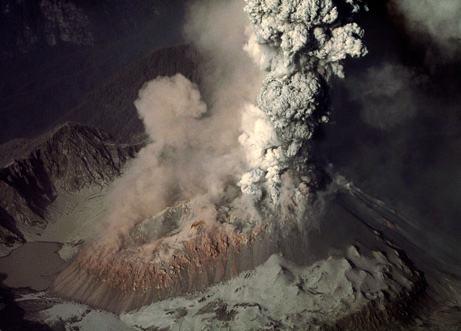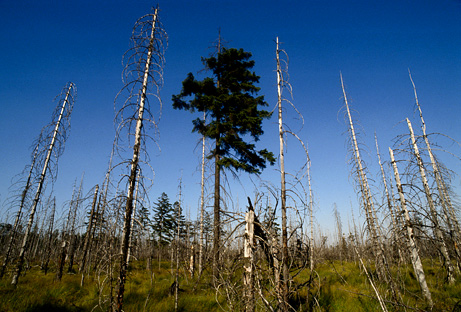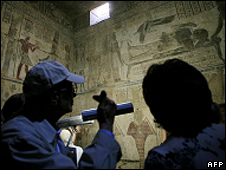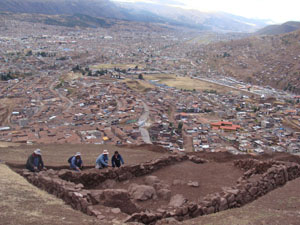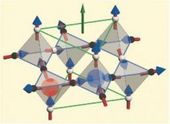
In 1931, Paul Dirac, one of the rock stars of the physics world, made the somewhat startling prediction that "magnetic monopoles," or particles possessing only a single pole - either north or south - should exist. His conclusion stemmed from examining a famous set of equations that explains the relationship between electricity and magnetism. Maxwell's equations apply to long-known electric monopole particles, such as negatively charged electrons and positively charged protons; but despite Dirac's prediction, no one has found magnetic monopole particles.
Now, a research team working at NIST's Center for Neutron Research (NCNR), led by Hiroaki Kadowaki of Tokyo Metropolitan University, has found the next best thing. By creating a compound that under certain conditions forms large, molecule-sized monopoles that behave exactly as the predicted particles should, the team has found a way to explore magnetic monopoles in the laboratory, not just on the chalkboard. (Another research team, working simultaneously, published similar findings in Science last month.)
